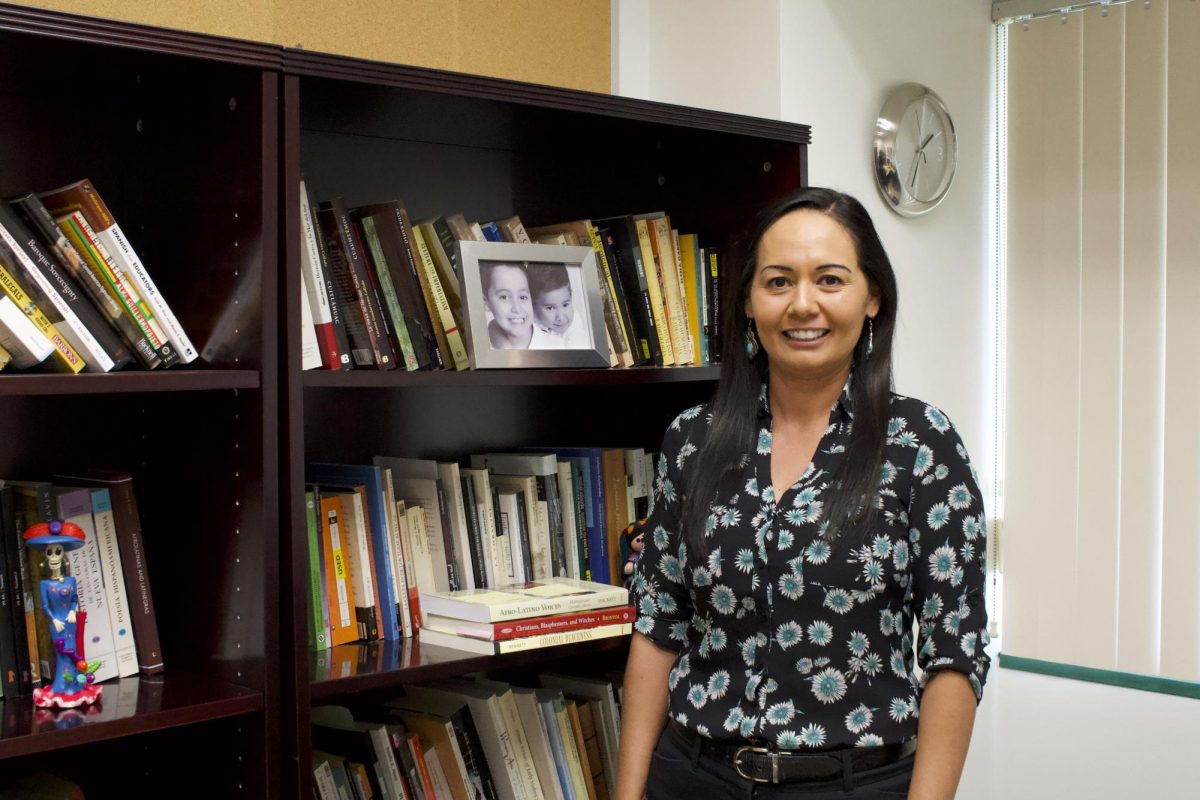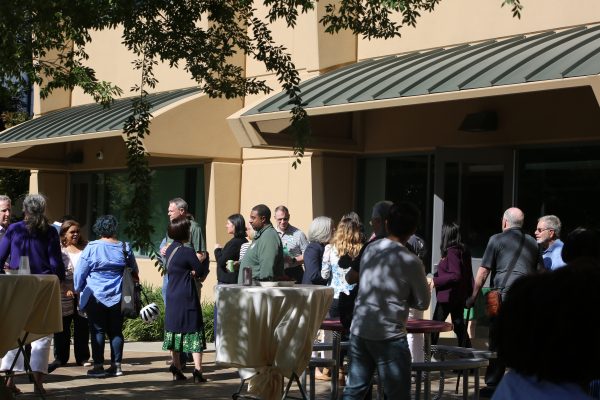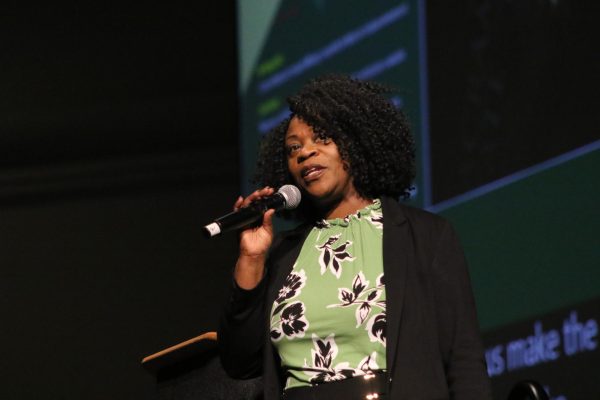New program ‘CSU Fully Online’ lets students take classes from other universities
Each semester, enroll in one of more than 3000 courses
August 20, 2018
If students are having trouble getting into courses they need to finish their degree, here’s a new option: taking online courses at other California State Universities through CSU Fully Online.
CSU students currently enrolled full-time at their home university who have completed at least 12 units and have a GPA of at least 2.0 can sign up for one course each semester. More than 3,000 courses are available this semester, and all are entirely online courses offered by campuses in the university chain.
The courses are being provided for no additional cost beyond regular tuition, as the CSU tuition model is based on part-time or full-time status during the fall and spring semesters, rather than a per-unit fee. Though campus tuition rates vary, no extra charges are added for signing up for a class through the program.
CSU Fully Online is a reboot of a previous program called CourseMatch, and is a part of the Graduation Initiative 2025, which the CSU hopes will lead to a doubling of graduation rates by the year 2025.
Senior director of public affairs at the Chancellor’s Office Mike Uhlenkamp says CSU Fully Online is like “version 2.0” of CourseMatch.
“It’s designed to be flexible for your schedule, allowing you to make progress towards a degree when other hurdles won’t allow,” Uhlenkamp said.
One key aspect of CSU Fully Online is that some campuses will have more available online classes that are considered “bottleneck courses,” a term Uhlenkamp used to refer to general education courses most students need that therefore fill up very quickly.
However, not all courses are labeled the same at each CSU, and not all CSUs have the same academic schedule; also, each campus picks its own online classroom portal. Students will have to navigate each new universities particulars and make sure that the course they enroll in will actually fulfill the requirement they are seeking.
Uhlenkamp estimated that between 400 and 500 students have signed up as of now, and said that the largest hurdle for the program going forward is making sure students and campus advisers know it’s an option.
“The biggest challenge was giving students the knowledge that it exists.”




































































































































